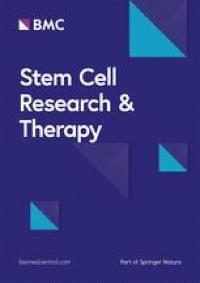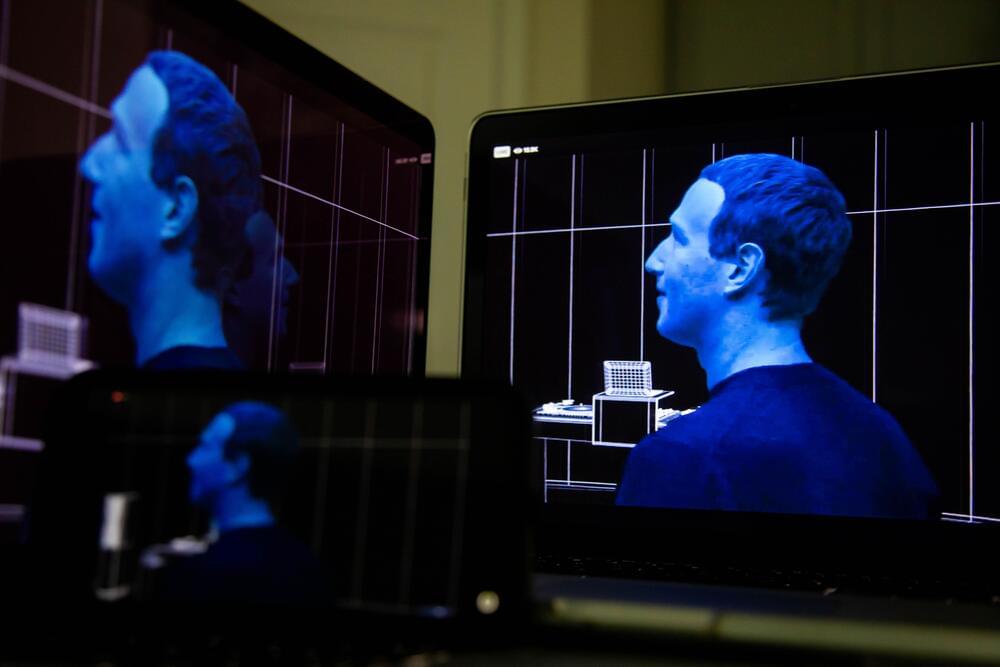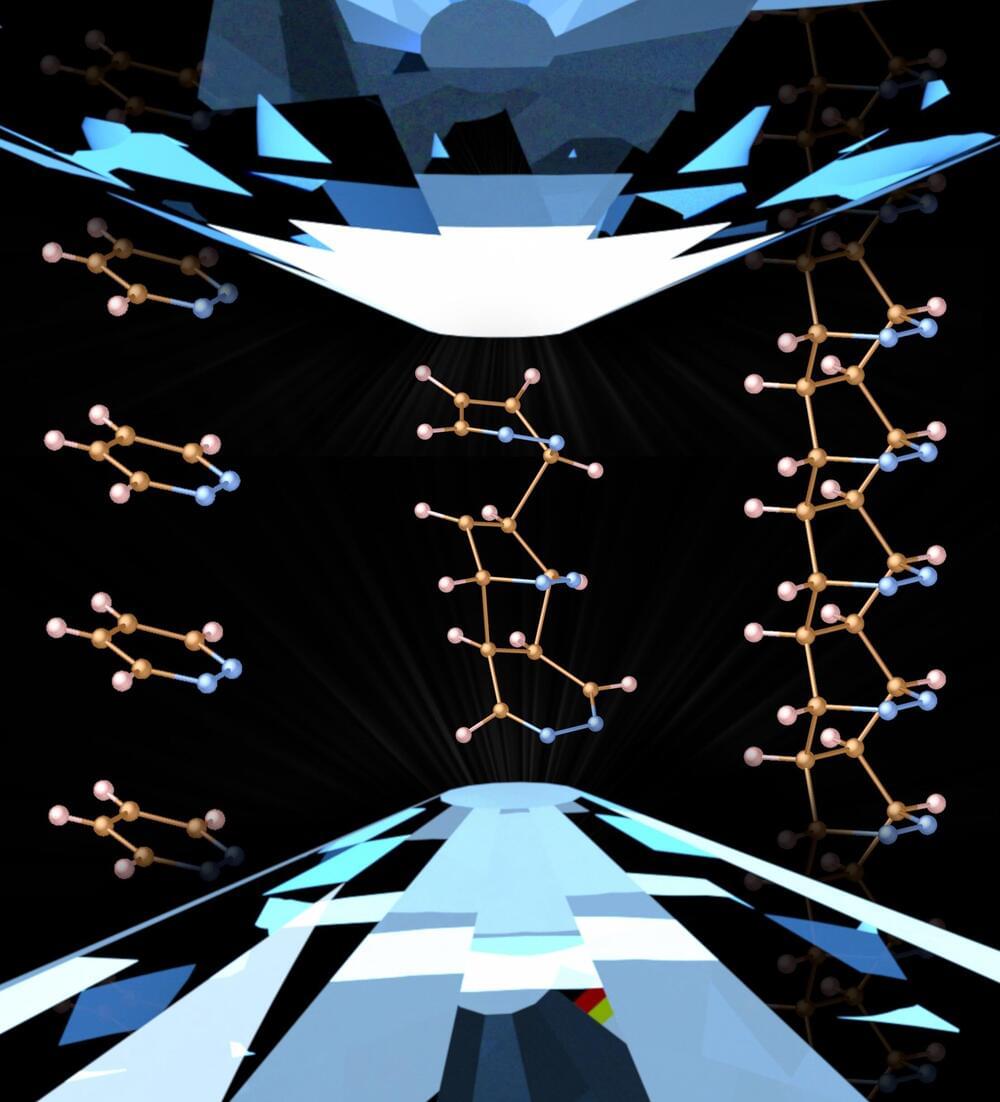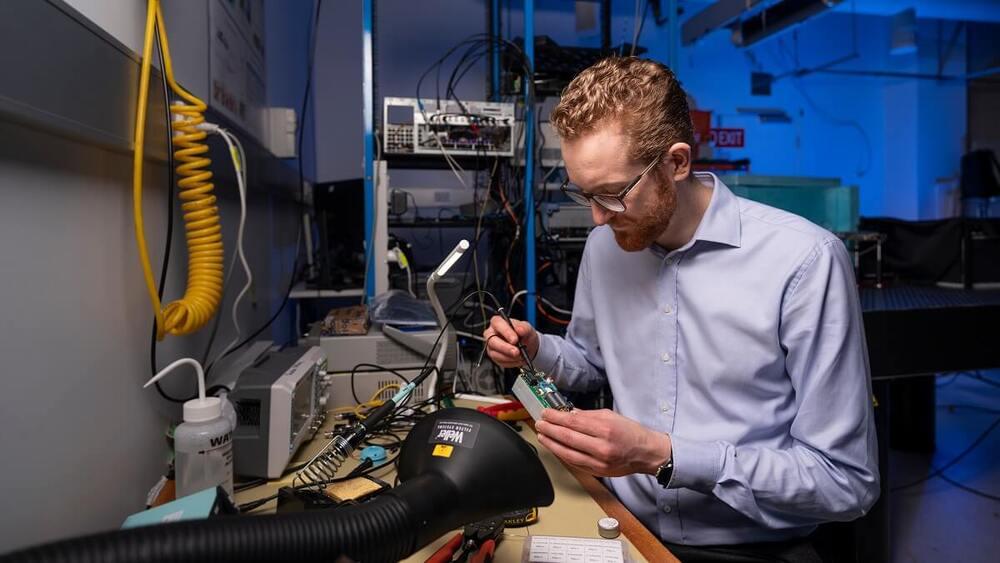Background: Diuretic-resistant fluid overload is a common problem encountered in hospitalized heart failure (HF) patients, with different interventions proposed to overcome it. Some studies have suggested that combining hypertonic saline with furosemide provided advantages over furosemide alone.
Study design: Systematic review and meta-analysis.
Setting: A comprehensive search of several databases from each database’s inception to March 17, 2020, and reference lists of retrieved articles and review articles in the field to identify additional publications.









